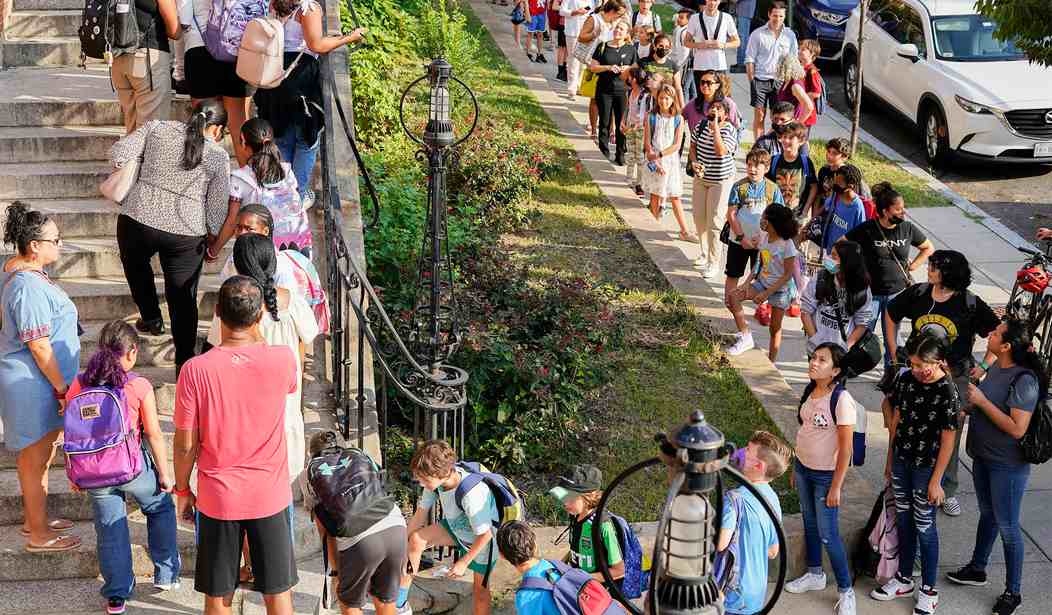Chronic absenteeism remains a problem for schools nationwide and is considered a major reason why students haven’t bounced back from pandemic learning loss despite billions in federal spending.
The academic achievement of millions of American students faltered during the pandemic — and in many cases, has not recovered three years later. The latest data on student attendance offers one explanation: Far more students are missing many days of school compared with before the pandemic…
…about a third or more of the student body was considered chronically absent, defined as missing at least 10 percent of the school year, or about two days of school every month. That includes all absences, including sick days and school-imposed suspensions.
“Prior to the pandemic, going to school every day was still the norm,” even in the poorest schools, said Hedy Chang, the executive director of Attendance Works. That is no longer the case.
But it turns out schools in Washington, DC are doing significantly worse than average, though they did improve slightly compared to last year.
The share of students missing 10 percent of the school year — or about 18 days — hovered between 26 and 30 percent in the years leading up to the pandemic. But when classrooms shuttered then reopened more than a year later, a crisis emerged: Almost half — 48 percent — of D.C. students missed weeks of class time during the 2021-2022 school year.
The figure dropped to 43 percent last school year, data show, following attempts from school leaders to improve school climate and drive regular attendance, such as “nudge” messages sent to parents about their child’s attendance and reminders about school start time…
A citywide attendance task force is trying to understand the reasons students skip school, which range from burnout to perceptions that in-person attendance is not always important.
It should go without saying that 43% chronic absenteeism is pretty awful. No doubt there are many more students who are just shy of missing the 18 days needed for that designation, not to mention a fair number of students who are probably not showing up at all.
What’s most striking is the degree to which the Post treats all of this as a mystery, as if there is no explanation for why this is happening or how it might be turned around. There is a passing mention of trying to “nudge” parents but that’s about it.
Regular readers know I frequently find some good responses in the comments section at the NY Times but rarely anything worth reading at the Washington Post. But for once I find myself surprised. The people leaving comments on this article immediately identified the problem.
Why is there no intervention before it becomes chronic? What are the parents role and responsibility to make sure their children show up? And if they aren’t in school, guess where they are? Carjacking and taking other people’s stuff.
Carjacking is in fact a serious problem right now in the District, up 107% compared to last year. Just yesterday two men carjacked an FBI Special Agent. Anyway, this brief comment uses the word “parents” the same number of times as the entire article in question.
Parents and parents alone are to blame. Yet many will jump on the bandwagon and blame the schools. America is doomed.
Another person also pointing to parents as the problem.
It takes “a citywide attendance task force” to determine the reasons that DC students skip school?
How about: Because their parents don’t make them go.
Parents not taking responsibility.
My spouse is a teacher, and more than once was told “Between 8am and 3pm, my kid is your problem, not mine.” That answers all your questions.
I’m not cherry-picking these. There are at least a dozen more just like this all pointing to the failure of parents and wondering why the city of Washington and theWashington Post isn’t doing likewise.








Join the conversation as a VIP Member